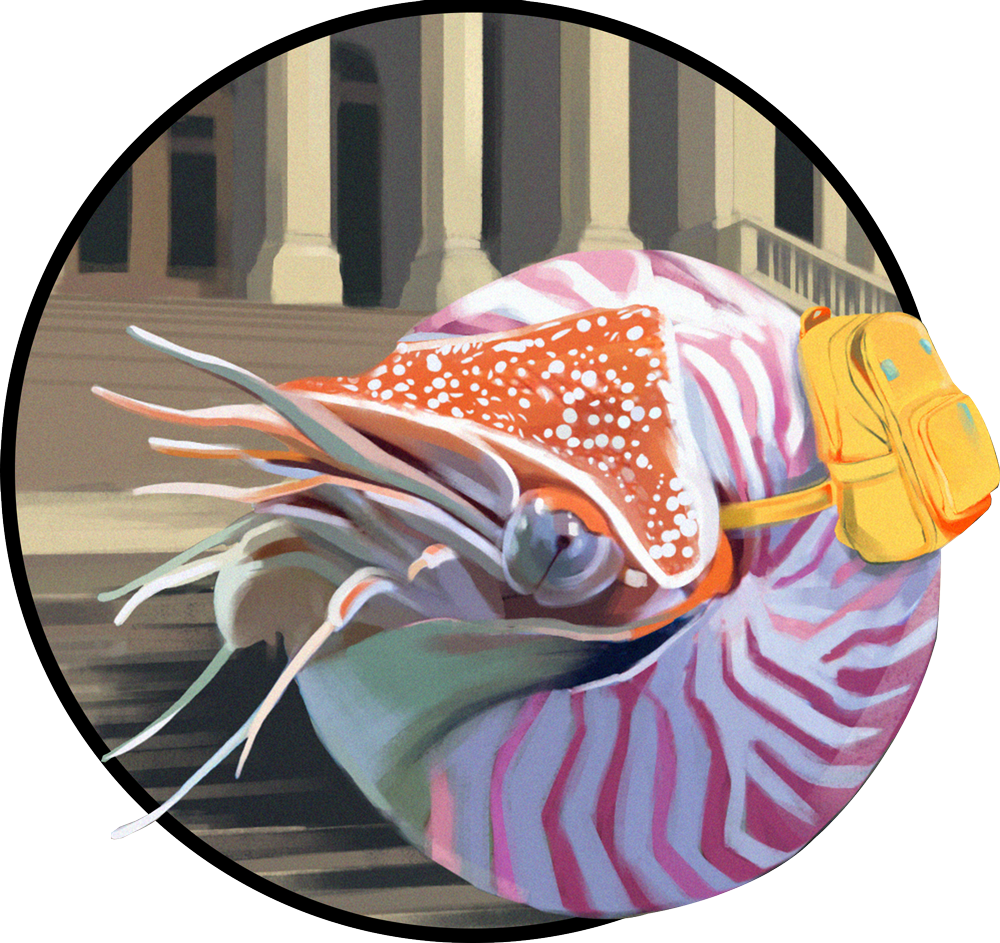When the Black Mirror episode “Be Right Back” aired in 2013, it was clearly a work of science fiction: Tormented by grief after her husband’s death, a woman named Martha orders a robotic replica that serves as his real-life replacement, mimicking his speech patterns and mannerisms.
But as with so much of science fiction, reality often catches up. Over the past decade “griefbots” and deepfake avatars have become commonplace, allowing the bereaved to chat with simulations of their dead loved ones. Now, researchers are exploring something even closer to the Black Mirror concept: Virtual reality technology that revives not only the deceased’s image, voice, or way of conversing, but a virtual simulation of their physical selves.
Unlike most existing grief bots, virtual reality creates the illusion of presence. So even when someone consciously understands that the virtual environment around them is artificial, they often react to it as if it’s real. “If we’re playing a game in VR, and I suddenly throw you a ball, you’re going to try to avoid the ball even if you know it’s not real,” explains Silvia Pizzoli, a researcher who studies grief and VR at the Pegaso University in Italy.
This is its strength and its weakness. Virtual reality has been successfully used to treat mental health conditions like PTSD and anxiety by exposing patients to triggers or feared situations in a safe, simulated environment. Now some researchers believe the technology could also help treat prolonged grief disorder, a diagnosis that has been applied to individuals whose grief severely interferes with their daily functioning for at least a year. One type of therapy for this kind of grief aims to help the person develop a healthier bond with the absent loved one inside their imaginations. Clinicians often try an “empty-chair technique,” where patients have a conversation with the deceased while imagining them sitting in an empty chair.
How much should outsiders really interfere with the grieving process?
But the empty-chair technique can be difficult to practice because people with prolonged grief disorder often experience intense avoidance of the deceased’s memory, says Francesco Fanti Rovetta, co-author of a recent paper on VR grief technology. Drawing from a large body of grief research, Rovetta’s paper proposes that virtual reality could improve existing grief therapies by getting around this resistance, requiring less of the patient’s imagination. But Rovetta and colleagues also caution that the technology must be used carefully and only in supervised clinical contexts. Someone in the throes of profound grief risks getting attached to a realistic avatar of a loved one who is gone, which could result in the delusion that the person is still alive.
Rovetta compares this to another kind of imaginal relationship: children’s bonds with imaginary friends. “As long as the child knows the imaginary companion is imaginary, this is pretty much adaptive,” he says. “When the child starts believing that the imaginary companion is actually real, then it can turn into a maladaptive behavior.”
Similarly, a bereaved person must remain aware that the person in front of them is a simulation—something the illusion of presence can make difficult to achieve. In combination, these two effects can cause the bereaved person to develop an “ambiguous attitude” toward the death. The person is aware that the death occurred at a cognitive level but still has an overpowering impulse to deny it.
“One of the major risks I see is that the potential use targets individuals who are already suffering from severe psychological and existential pain,” says Pizzoli. Could VR therapy worsen the pain of this already vulnerable population? It’s something she plans to study in the future. “If we give these people the possibility to meet again [with] the beloved one,” she explains, “maybe we are disturbing the natural, painful process of grief.”
This is the question at the center of it all: How much should outsiders really interfere with the grieving process? Everyone grieves a little bit differently. Some experts believe prolonged grief isn’t a disorder at all, but rather the medicalization of a normal and inevitable form of suffering.
The Black Mirror episode “Be Right Back” warned of such dangers: At the end of the episode, Martha, disturbed by the inconsistencies between the robot replacement and the husband she remembers, orders his replica to jump off a cliff, finally realizing that keeping him around will only continue to highlight the gap left by her husband without ever managing to fill it. ![]()
More from Nautilus about grief and virtual ghosts:
“Why I Couldn’t Get Over My Brother’s Death” Everybody told me my grief would relent in a year. It only got worse. Was there something wrong with me?
“The Ghostwriter” In a work of fiction, holograms and memory collide.
“Can You Die from a Broken Heart?” What happens to our bodies when the bonds of love are breached.
Enjoying Nautilus? Subscribe to our free newsletter.
Lead image: Alena Ivochkina / Shutterstock






























